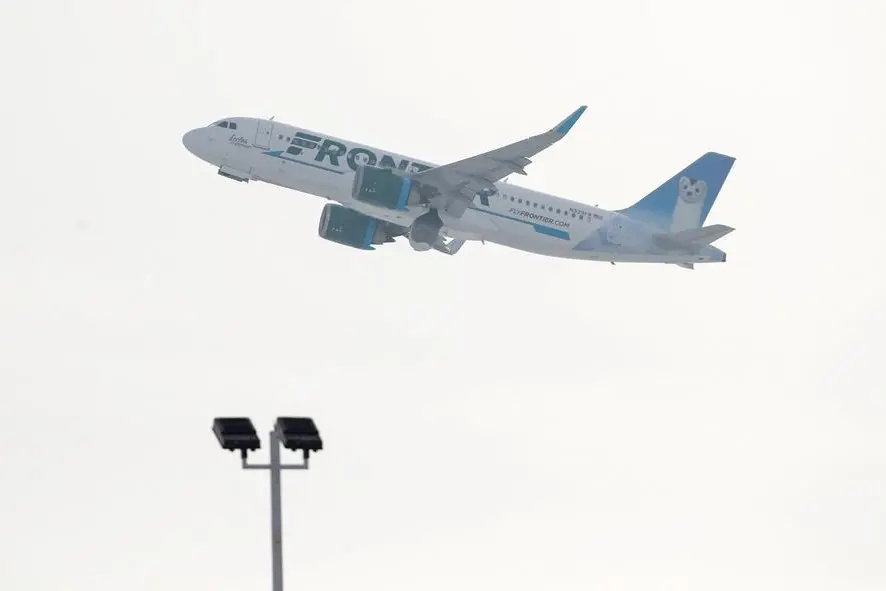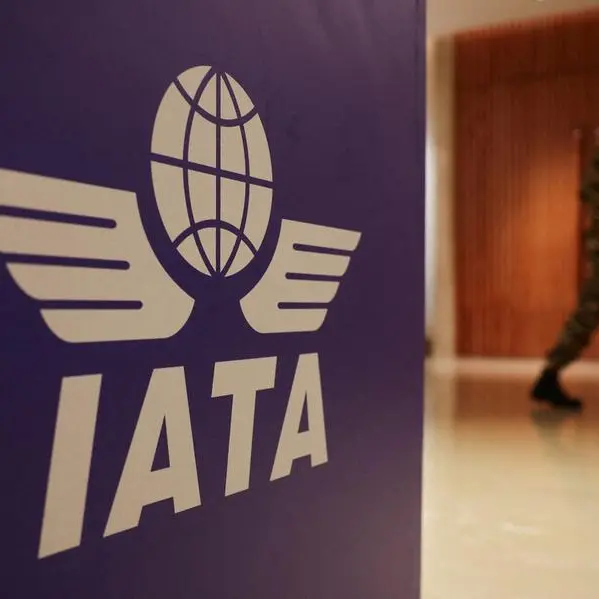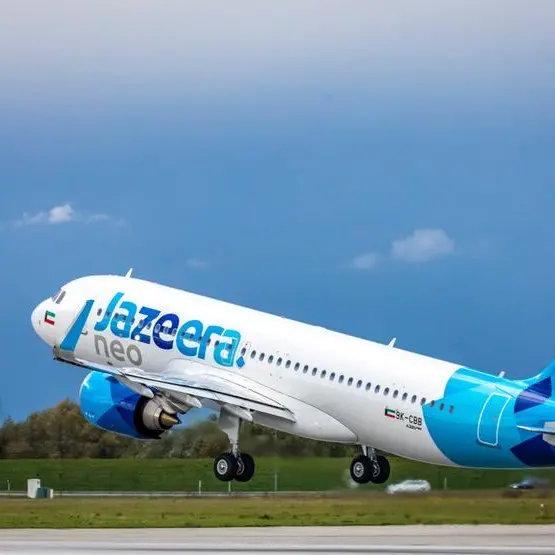PHOTO
HOUSTON - The five-year shelf life of U.S. tax credits for lower-carbon aviation fuel is too short to anchor development of the nascent industry, energy executives said this week in Houston.
President Joe Biden's signature Inflation Reduction Act (IRA) included major tax credits for sustainable aviation fuel (SAF) that have stoked more interest in producing the fuel.
The credits would likely help spur some production and investment, but the industry would benefit if they lasted longer, the executives said.
Sustainable aviation fuel (SAF) is seen as key to lowering aviation carbon emissions, one of the most difficult sectors of the economy to decarbonize because fuel for aircraft cannot be easily replaced.
The credits extend to 2027, but it would take much longer to scale up production of SAF to make it competitive with cheaper petroleum-based jet fuel.
"Having a policy that expires at that five-year mark really doesn't help," said LanzaJet Chief Executive Jimmy Samartzis.
Though the IRA is a "game-changer" in supporting the SAF market, the tax credits are insufficient to make SAF competitive with traditional jet fuel, said Bryan Fisher, managing director at nonprofit RMI. RMI is focused on pushing federal and state policies to help support the SAF market, Fisher said.
President Joe Biden's administration has challenged the industry to supply at least 3 billion gallons of SAF per year by 2030.
In 2022, oil refiners in the United States produced about 24.7 billion gallons of petroleum-based jet fuel, U.S. Energy Information Administration data showed.
Devin Mogler, a senior vice president at Green Plains Inc , said he expected the tax credit would be extended past 2027. New alliances were building within the energy and biofuels communities, as various players involved in the SAF, ethanol and biodiesel industries have a stake in seeing the market expand. They would be pushing for an extension for the credits, he said.
"The battle lines have really blurred politically on biofuels," Mogler told Reuters. "There will be momentum to get it extended in some way, shape or form."
ETHANOL FOR AVIATION
Large incentives for the biofuels industry are not new - the U.S. Renewable Fuel Standard, enacted over a decade ago, established a multibillion-gallon market for the corn-based ethanol industry.
The new incentives around SAF, as well as the push to decarbonize road transportation and shift away from fossil fuels have prompted discussions around what is next for ethanol. Conversations at the CERAWeek energy conference focused around using ethanol as a feedstock for SAF.
Companies like Green Plains and LanzaJet are exploring how to scale up the ethanol-to-jet market. United Airlines Holdings Inc in January announced a new joint venture with Green Plains and energy infrastructure company Tallgrass to develop and commercialize an SAF technology that will use ethanol as a feedstock.
"Those ethanol producers who have spent the last 15-20 years developing out their infrastructure and their capacity want to seek another market that they can service," said LanzaJet's Samartzis.
Ethanol producers, however, need to leverage carbon capture and sequestration to reduce the carbon intensity of their ethanol, Samartzis added.
(Reporting by Stephanie Kelly; Editing by Simon Webb and David Gregorio)




















